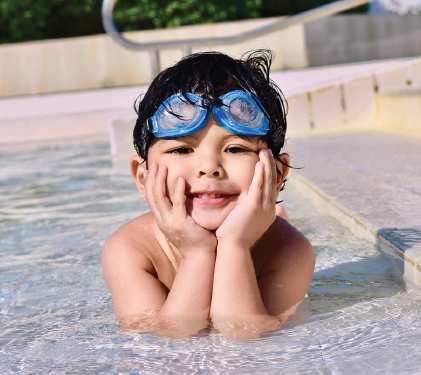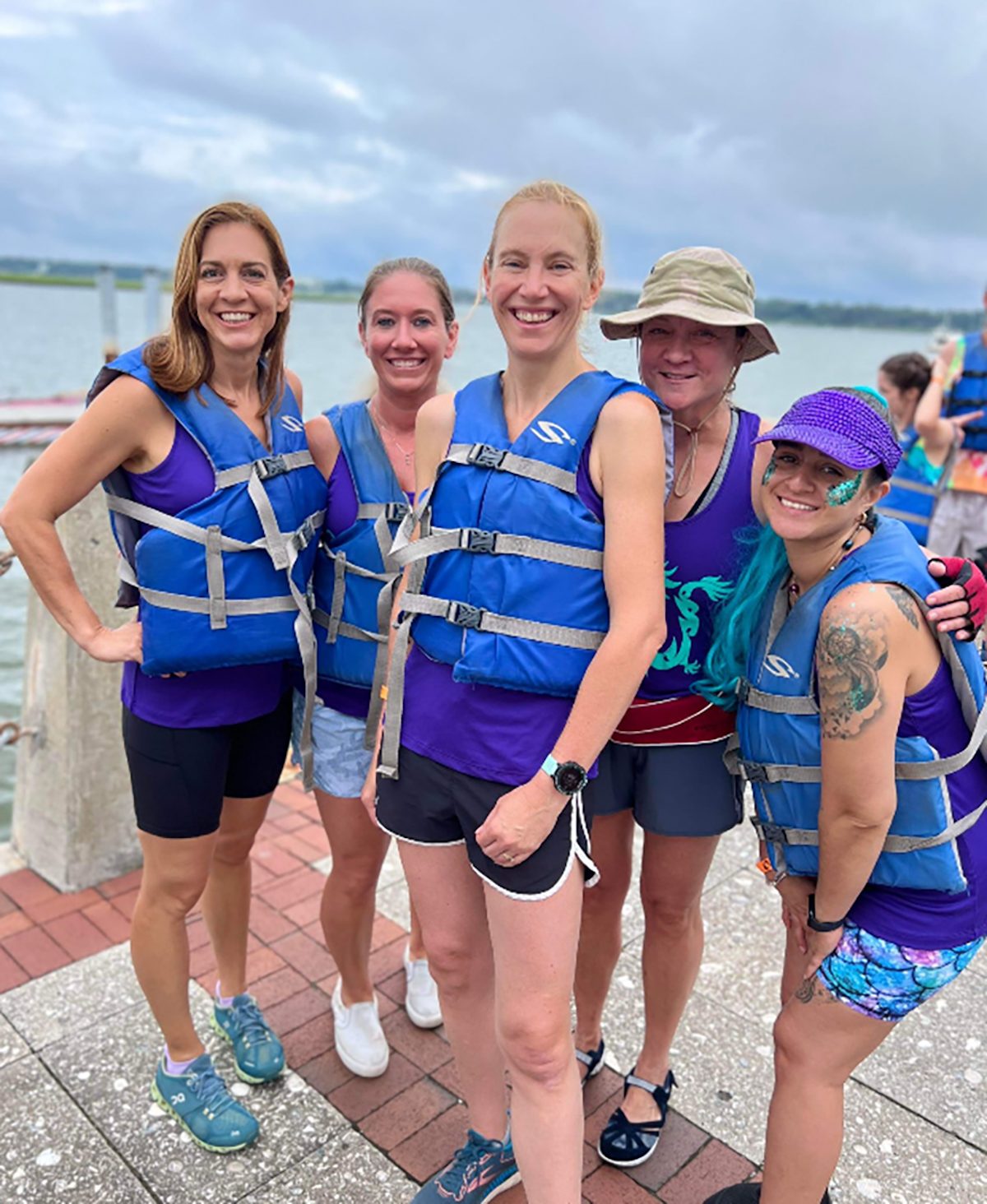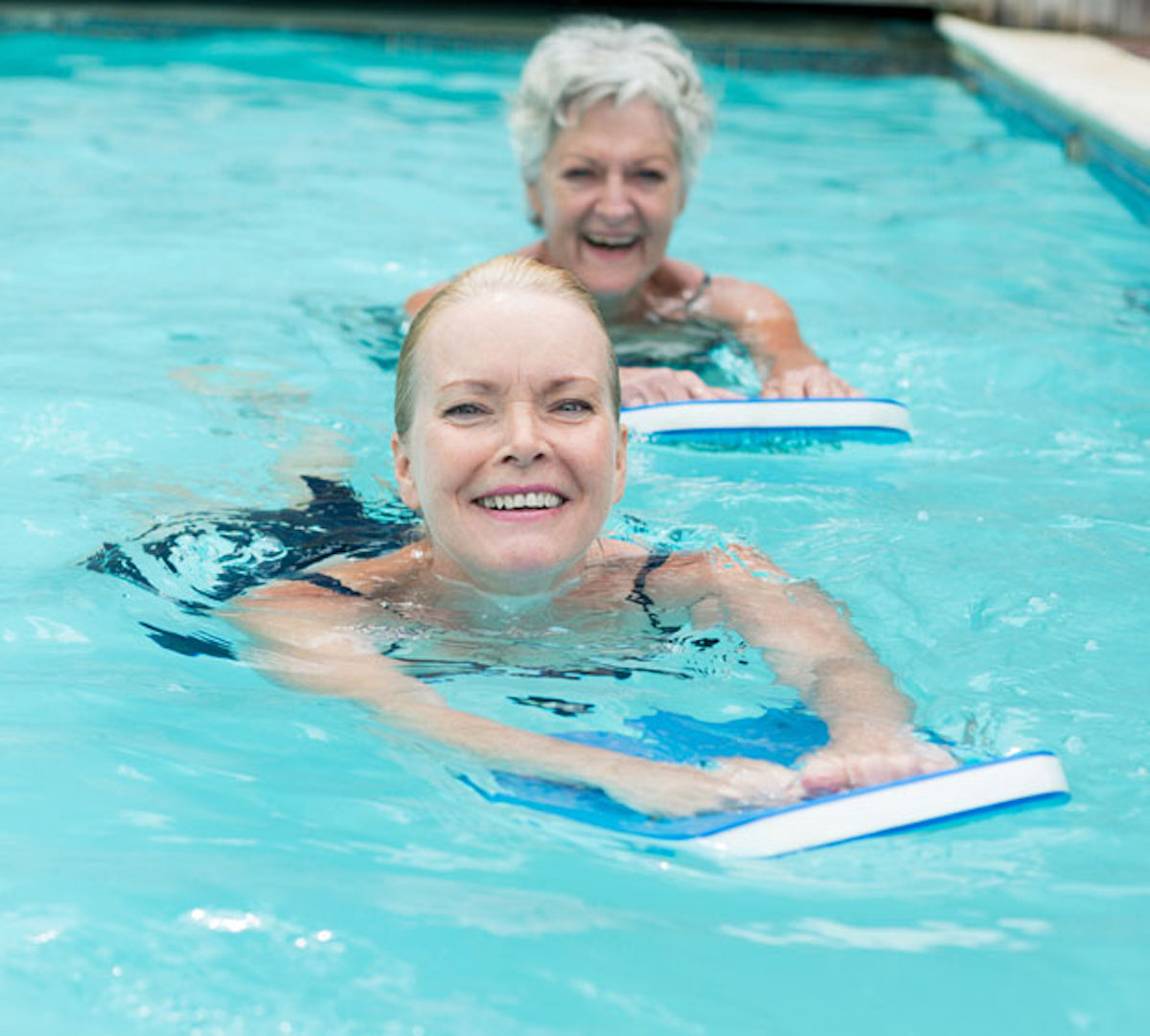Drowning is the leading cause of unintentional death in children aged 1 – 4 years, and the majority of the children that drown in swimming pools most commonly gain access to the pool area when there is no fence or through a faulty fence or gate. One important step to a solution to this issue is as simple as physically checking and maintaining your pool gate regularly, to ensure it self-closes and self-latches at all times. You should not be able to open a gate at all without activating the release mechanism which should be out of the reach of toddlers.
The National Drowning Prevention Alliance (NDPA) collaborated a Check Your Pool Gate Month campaign kicking-off Memorial Day weekend, continuing through the month of June. The aim of the initiative is to educate pool owners about pool safety and to encourage them to check their pool surroundings—not once a year, but regularly—reminding pool owners of the vital need to ensure pool fences, gates, latches and hinges are secure and in top working order. Every pool owner should be confident they have a safe swimming zone.
A few minutes is all it takes for pool owners to check that their pool fences and gates, including latches and hinges, are in good working order. This simple routine done regularly could save the life of a child.
Safety checklist for pool gates
Should open outwards, away from the pool
Height of latch release mechanism is least 54″ from the bottom of the gate (check local codes)
Must be self-closing and self-latching
Hinges should be rust-free and bind-free
Hinges should be reliable and tension-adjustable for closing speed
Latch must be adjustable horizontally and vertically to accommodate gate movement
Gate will latch when latch is in the locked or unlocked position
Latch cannot be disengaged using implements (e.g. garden or pool tools)
Latch cannot be shaken or jolted open
Gate will shut and latch securely from any open angle or force
Complies with all applicable standards, codes and legislation for pool safety
For more information on pool safety and compliance visit: www.ndpa.org








